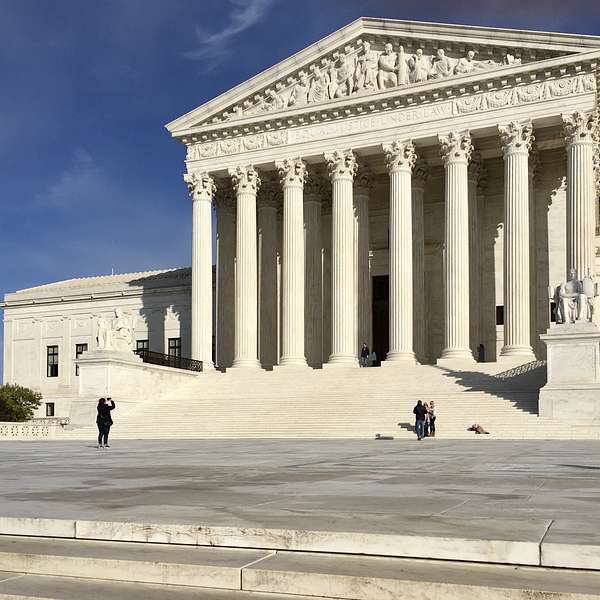
Supreme Court Decision Syllabus (SCOTUS Podcast)
Following what the Supreme Court is actually doing can be daunting. Reporting on the subject is often only done within the context of political narratives of the day -- and following the Court's decisions and reading every new case can be a non-starter. The purpose of this Podcast is to make it as easy as possible for members of the public to source information about what is happening at the Supreme Court. For that reason, we read every Opinion Syllabus without any commentary whatsoever. Further, there are no advertisements or sponsors. We call it "information sourcing," and we hope that the podcast is a useful resource for members of the public who want to understand the legal issues of the day, prospective law students who want to get to know legal language and understand good legal writing, and attorneys who can use the podcast to be better advocates for their clients.
*Note this podcast is for informational and educational purposes only.
Supreme Court Decision Syllabus (SCOTUS Podcast)
Garland v. Cargill (2nd Amendment)
The National Firearms Act of 1934 defines a “machinegun” as “any weapon which shoots, is designed to shoot, or can be readily restored to shoot, automatically more than one shot, without manual reloading, by a single function of the trigger.” 26 U. S. C. §5845(b). With a machinegun, a shooter can fire multiple times, or even continuously, by engaging the trigger only once. This capability distinguishes a machinegun from a semiautomatic firearm. With a semiautomatic firearm, the shooter can fire only one time by engaging the trigger. Using a technique called bump firing, shooters can fire semiautomatic firearms at rates approaching those of some machineguns. A shooter who bump fires a rifle uses the firearm’s recoil to help rapidly manipulate the trigger. Although bump firing does not require any additional equipment, a “bump stock” is an accessory designed to make the technique easier. A bump stock does not alter the basic mechanics of bump firing, and the trigger still must be released and reengaged to fire each additional shot. For many years, the Bureau of Alcohol, Tobacco, Firearms and Explosives (ATF) consistently took the position that semiautomatic rifles equipped with bump stocks were not machineguns under §5845(b). ATF abruptly changed course when a gunman using semiautomatic rifles equipped with bump stocks fired hundreds of rounds into a crowd in Las Vegas, Nevada, killing 58 people and wounding over 500 more. ATF subsequently proposed a rule that would repudiate its previous guidance and amend its regulations to “clarify” that bump stocks are machineguns. 83 Fed. Reg. 13442. ATF’s Rule ordered owners of bump stocks either to destroy or surrender them to ATF to avoid criminal prosecution. Michael Cargill surrendered two bump stocks to ATF under protest . . .
Held: ATF exceeded its statutory authority by issuing a Rule that classifies a bump stock as a “machinegun” under §5845(b).
THOMAS, J., delivered the opinion of the Court, in which ROBERTS, C. J., and ALITO, GORSUCH, KAVANAUGH, and BARRETT, JJ., joined. ALITO, J., filed a concurring opinion. SOTOMAYOR, J., filed a dissenting opinion, in which KAGAN and JACKSON, JJ., joined.
Read by RJ Dieken.
